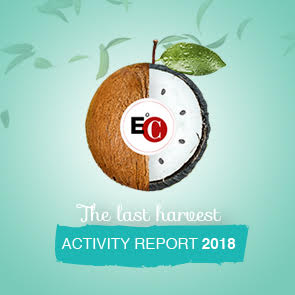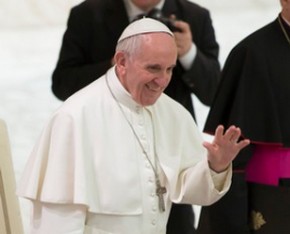What does the expression to give the three thirds mean? Rather than the specific practices, what matters is that the "why" and "how" are experienced. The sharing of governance and the principles underlying the EoC
by Anouk Grevin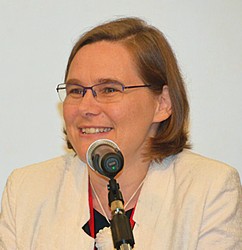
from "Economia di Comunione - una cultura nuova" n.43 - Editorial insert of Città Nuova no. 7 - 2016 July 2016
In Asia, where there have been few opportunities to hear about the EoC after 1991, there were many questions pending. Does the EoC really require the sharing of three thirds of the profit? It was important to finally be able to talk about it. In 1991 Chiara Lubich gave us a great goal to reach, but without telling us how to realise it in practice. Starting from the three objectives identified by her - to help our brothers in need, to spread the culture of giving and to invest in order to offer more jobs - everybody can find their own way to the more concrete results.
Some do it by sharing their profits, others attend directly to the needy, some hire people in difficulty or explore a new management style which is more in keeping with the EoC, trying to share the created value. 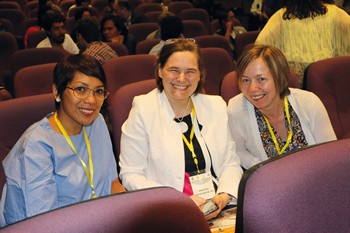 It was understood that there is room inside the EoC for different situations, including non-profit organizations or cooperatives, which by their statute cannot distribute profits but can live the EoC in other ways; or for entrepreneurs who do not have profits yet or may not decide about their distribution for themselves. There is room for everyone, as long as you live the principle of giving. After all, the expression "three thirds" can also be understood as an invitation to give everything. Giving a little of the profits will always be too little compared to the call to give birth to an economy of communion: we must give everything, we must be the gift.
It was understood that there is room inside the EoC for different situations, including non-profit organizations or cooperatives, which by their statute cannot distribute profits but can live the EoC in other ways; or for entrepreneurs who do not have profits yet or may not decide about their distribution for themselves. There is room for everyone, as long as you live the principle of giving. After all, the expression "three thirds" can also be understood as an invitation to give everything. Giving a little of the profits will always be too little compared to the call to give birth to an economy of communion: we must give everything, we must be the gift.
Business practices are also worth an invitation to invent everyone's own separate way about them. Many practices have been collected in the "Guidelines for EoC Companies" that are available on the site, but rather than the specific practices, what matters more is that the "why" and "how" are experienced. Looking at them closely, some basic principles seem to be running through them all.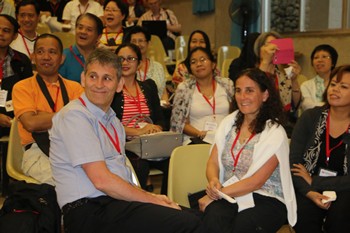 The first is trust, an optimistic vision of man, having received new eyes that are able to believe in the other person, to see their wealth, even what's unexpressed as yet. A vision that brings out the best of each and every one. And so the dynamics of giving leads us to recognize the other as a person able and willing to give, and hence to develop a more subsidiary management style, which offers everyone the opportunity to make their contribution. That's why the experiences of governance sharing are observed in the EoC. The culture of giving is not only living the gift in the company and taking it where it is not yet there, but is also recognizing it everywhere, also in the contribution of our employees and partners, to welcome it and make it flourish. It is becoming "producers of communion" and communion is what the world needs most, it is the most profound response to inequality.
The first is trust, an optimistic vision of man, having received new eyes that are able to believe in the other person, to see their wealth, even what's unexpressed as yet. A vision that brings out the best of each and every one. And so the dynamics of giving leads us to recognize the other as a person able and willing to give, and hence to develop a more subsidiary management style, which offers everyone the opportunity to make their contribution. That's why the experiences of governance sharing are observed in the EoC. The culture of giving is not only living the gift in the company and taking it where it is not yet there, but is also recognizing it everywhere, also in the contribution of our employees and partners, to welcome it and make it flourish. It is becoming "producers of communion" and communion is what the world needs most, it is the most profound response to inequality.
"One company is not enough," as the motto of Nairobi said last year. No single company can embody all the EoC: it takes all the others to express its wealth, all those who live the culture of giving are necessary. Yet, each of us, whether entrepreneurs or workers, is the whole and entire EoC because we have the DNA and so, like plants, are able to start again from a small scion and bear much fruit. Many left the Tagaytay meeting with convinced to "be the EoC".



